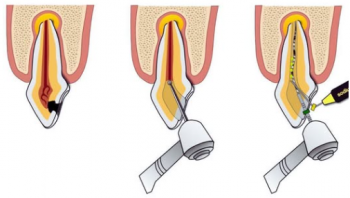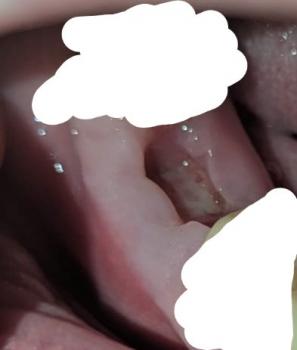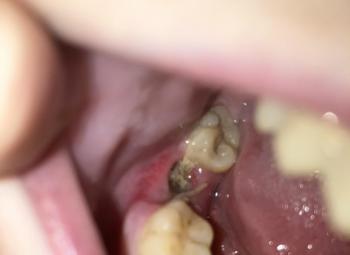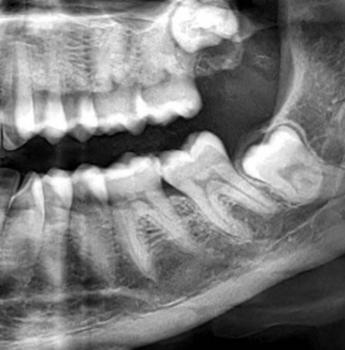Your Smile, Perfected with Precision.
Mandible Anatomy Explained: Parts and Functions of the Lower Jaw for Dental Students and Patients in the Philippines
Language :

Topics:
Understanding the Parts of the Mandible (Lower Jaw) and Their Functions
The mandible, or lower jawbone, is the largest and strongest bone of the face. It holds the lower teeth in place and forms the lower part of the facial skeleton. Understanding its parts helps both dental students and patients appreciate how complex and important this bone is in chewing, speaking, and facial movement.
Parts of the Mandible and Their Functions
1. Head of the Mandible
The rounded upper part of the mandible that fits into the temporal bone, forming the temporomandibular joint (TMJ).
Function: Enables the jaw to open, close, and move sideways for chewing and speaking.
2. Neck of the Mandible
The narrowed area below the head of the mandible.
Function: Serves as the attachment point for ligaments that stabilize the TMJ.
3. Mandibular Notch
A curved depression between the condylar process and coronoid process.
Function: Allows passage of blood vessels and nerves to the lower face and jaw muscles.
4. Condylar Process
The posterior projection that articulates with the temporal bone at the TMJ.
Function: Essential for jaw movement — elevation, depression, protrusion, and retraction.
5. Coronoid Process
The thin, triangular front projection of the mandible.
Function: Serves as the attachment point for the temporalis muscle, which helps lift the jaw when chewing.
6. Pterygoid Fossa
A small depression near the condylar process.
Function: Provides attachment for the lateral pterygoid muscle, which assists in side-to-side jaw movement.
7. Alveolar Process
The ridge-like portion that contains the sockets (alveoli) for the lower teeth.
Function: Anchors and supports the teeth in the lower jaw.
8. Symphysis Menti
The midline fusion of the two halves of the mandible that occurs during early childhood.
Function: Adds strength to the mandible and stabilizes the chin region.
9. Mental Protuberance
The triangular projection at the front of the lower jaw (chin area).
Function: Forms the prominence of the chin, contributing to facial structure and aesthetics.
10. Mental Tubercle
Rounded elevations on each side of the mental protuberance.
Function: Adds contour and strength to the chin area.
11. Mental Foramen
Small openings located below the premolars.
Function: Passageway for the mental nerve and blood vessels, which provide sensation to the lower lip and chin.
Why It Matters in Dentistry
Understanding mandibular anatomy is crucial for:
-
Dental implant placement
-
Local anesthesia administration
-
Orthodontic and prosthodontic planning
-
Surgical extractions (especially wisdom teeth)
-
Diagnosing jaw pain or TMJ disorders
Conclusion
The mandible isn’t just a bone — it’s the foundation of your smile, speech, and chewing function. Regular dental checkups ensure that both your teeth and the supporting jaw structures remain healthy and strong.












